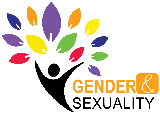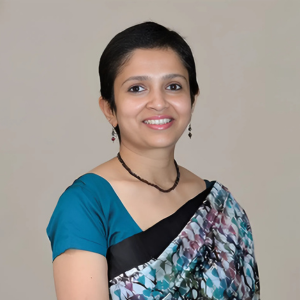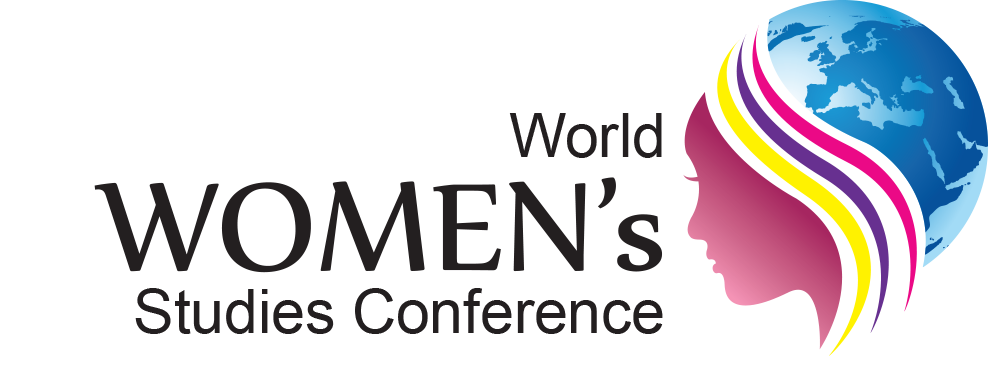
Special Features
- Home
- Special Features
Pre-Conference Workshop on "Introduction to Bibliometric Analysis: Methods, Tools, and Research Impact Evaluation"
Date: 16th May 2025 | Time: 2:00 PM – 3:00 PM IST

Dr. Naresh Prajapathi
Senior Doctoral Fellow (Law),
Central University of Punjab.
Overview
Bibliometric analysis is a quantitative method used to evaluate academic research through metrics like citation counts, co-authorship networks, and publication frequencies. It helps identify trends, influential authors, key research topics, and the overall impact of scholarly work within a field. Tools like Scopus, Web of Science, and Google Scholar are commonly used to track citation data and analyze publication patterns. Techniques such as citation analysis, co-citation analysis, and bibliographic coupling provide valuable insights into the influence and relevance of research, aiding in the evaluation of research impact and the identification of emerging areas in a discipline.
Key Takeaways
- Measures academic research using publications, citations, and authorship patterns.
- Common tools include Scopus, Web of Science, and Google Scholar.
- Techniques like citation analysis, co-authorship analysis, and network analysis.
- Impact indicators such as Impact Factor and h-index.
- Identifies emerging topics, influential authors, and collaboration patterns.
- Used for research funding decisions, academic promotions, and global research evaluation.
Pre-Conference Workshop on "Research as an essential prerequisite to publication: an interlinked approach"
Date: 11th July 2025 | Time: 12:00 PM – 1:00 PM IST

Prof. Shivani Singh
Assistant Professor,
Liberal Arts,
Inter-Disciplinary School of Science,
Savitribai Phule Pune University.
Overview
Research and publication are inherently interconnected, with high-quality research serving as the foundation for impactful academic writing. A well-structured research process ensures the credibility, originality, and relevance of a publication, aligning it with scholarly standards. This interlinked approach emphasizes the importance of rigorous data collection, critical analysis, and methodological soundness before transitioning to the writing and dissemination phase. Effective research not only strengthens the publication’s validity but also enhances its contribution to existing knowledge. Understanding this synergy is crucial for scholars aiming to produce meaningful and widely recognized academic work.
Key Takeaways
- Research forms the foundation of high-quality academic publication.
- Credibility, originality, and relevance depend on a well-structured research process.
- Rigorous data collection and critical analysis enhance publication validity.
- Methodological soundness strengthens scholarly contributions.
- Understanding the research-publication link is essential for impactful academic work.
Pre-Conference Workshop on "Writing 33 Paragraph for Research Article of Reputable Journal"
Date: 8th August 2025 | Time: 9:30 AM – 10:30 AM IST

Dr. Hanggar Budi Prasetya
Faculty of Performing Art,
Institute Seni Indonesia
Yogyakarta, Indonesia
Overview
Writing a research article for a reputable journal requires careful structuring, in-depth analysis, and adherence to academic standards. Typically consisting of 33 paragraphs, the article is divided into key sections, including the introduction, literature review, methodology, results, discussion, and conclusion. The introduction establishes the research problem, its significance, and objectives, followed by a literature review that critically analyzes previous studies and identifies research gaps. The methodology details the research design, data collection, and analysis methods, ensuring transparency and reproducibility. Results are then presented clearly, often with tables or graphs, and interpreted in the discussion, which links findings to existing literature, highlights implications, and acknowledges limitations. The conclusion summarizes key insights, underscores contributions, and suggests future research directions. Throughout the article, precision in language, adherence to journal guidelines, and proper citation of references are essential for credibility and impact, ultimately increasing the likelihood of publication in high-impact journals.
Key Takeaways
- Writing for a reputable journal requires structured organization, in-depth analysis, and academic rigor.
- A research article typically consists of 33 paragraphs, divided into essential sections.
- Precision in language, adherence to journal guidelines, and proper citations enhance credibility.
- Following a structured approach increases the likelihood of publication in high-impact journals.

Prof. Rachel Jewkes
Executive Scientist: Research Strategy in the SAMRC Office of the President
Director of the What Works to Prevent Violence Global Programme
Secretary of the Sexual Violence Research Initiative
Honorary Professor, Faculty of Health Sciences, School of Public Health
University of Witwatersrand,
South Africa
Workshop on "Beyond Awareness: Tools and Strategies for Combating Gender-Based Violence"
This interactive workshop goes beyond raising awareness to equip participants with tools and strategies to combat gender-based violence. The session will explore preventive measures, intervention techniques, and community-based solutions, empowering participants to take actionable steps in creating safer and more inclusive environments.
Workshop on "How could AI generative tools be use to advance an understanding and interrogation of the interactional terrain of gender and sexuality across disciplines."

Prof. Anthony Brown
School of Humanities and Social Science,
University of Brighton,
United Kingdom.
Panel Discussion on “Gender Sensitivity in Policy and Practice”





Related Topics
- Who are the keynote speakers?
- Register online and reserve your seat
- Guidelines for your abstract submission
- Are there any FAQ forum or how can I contact you?
Organized By

- The International Institute of Knowledge Management
- #531/18, Kotte road, Pitakotte.
- +94 11 799 2022 / +94 76 573 3737
- isanka.gamage@tiikmedu.com
- www.tiikm.com

